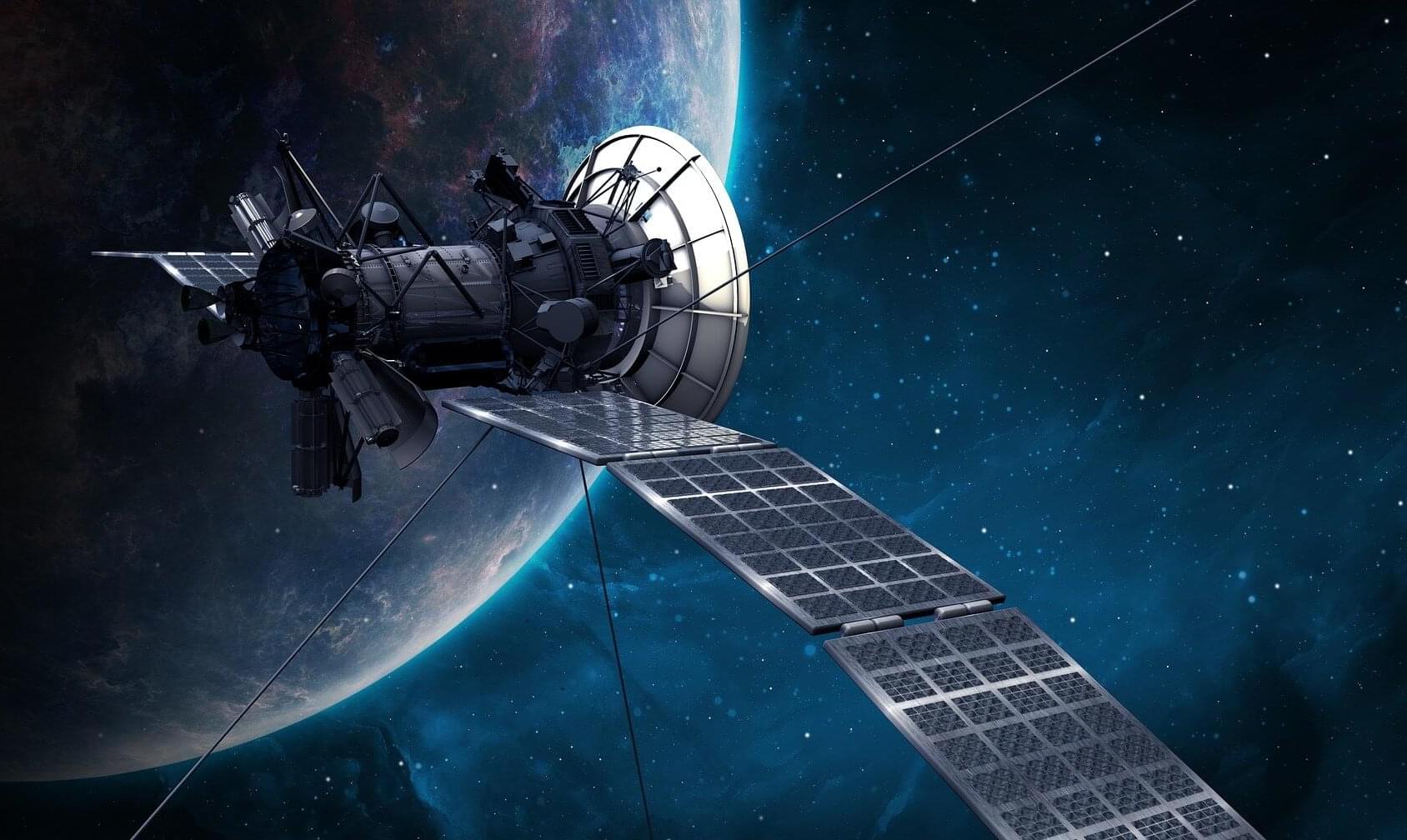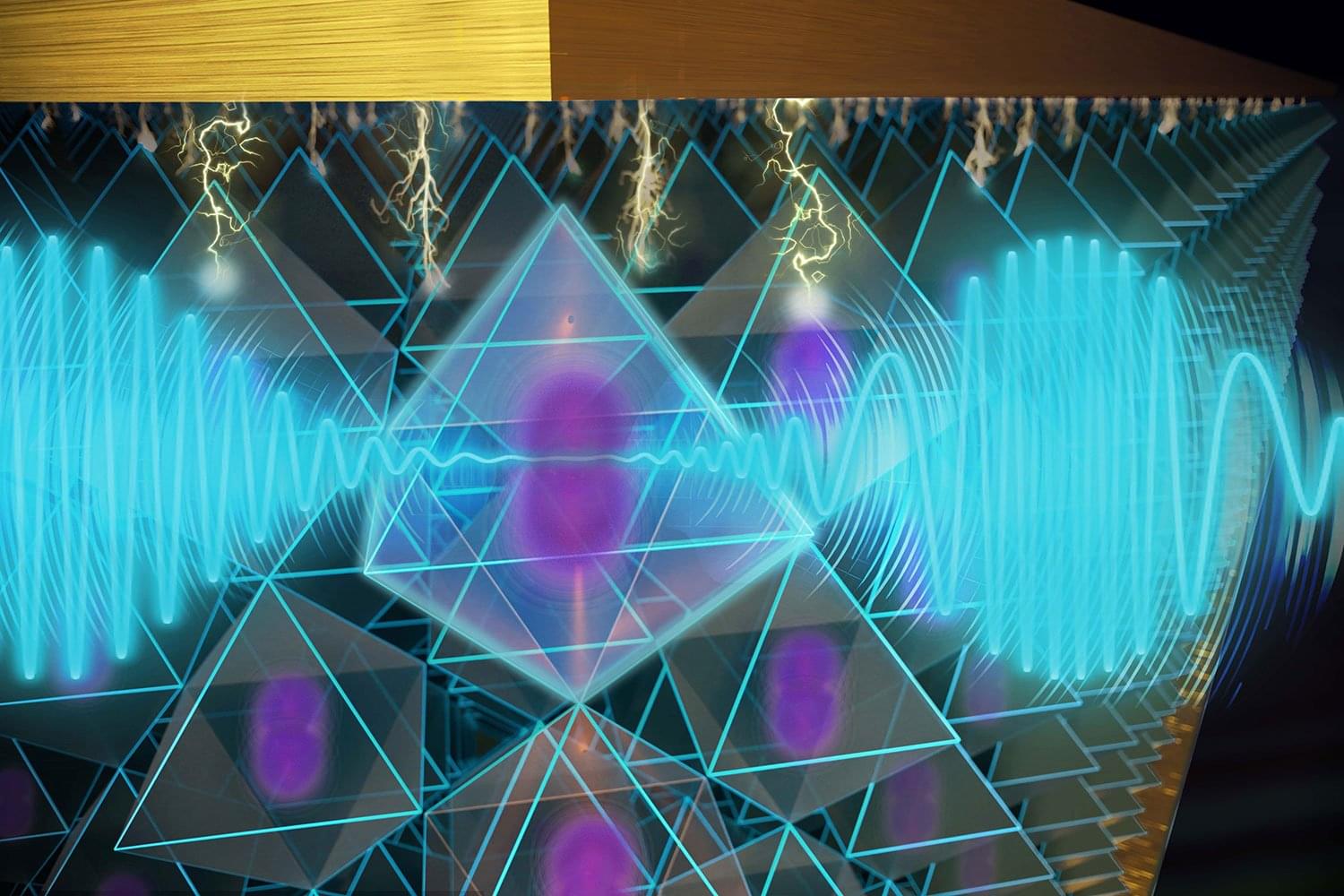In nature, ordered structures are essential to maintain both stability and functionality in living systems, as observed in repeating structures or the formation of complex molecules. Yet, the creation of this order is based on universal physical principles which eventually allow the creation of living matter and organic structures.
One of these principles is non-reciprocal interactions: one type of molecule is attracted by another which, on the contrary, is repelled. This phenomenon can give rise to interesting structures and patterns.
Scientists from the department of Living Matter Physics at MPI-DS have now discovered that non-reciprocal interactions can also induce stable collective movement in living systems. The study is published in the journal Physical Review Letters.








